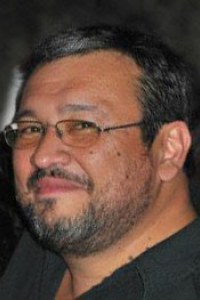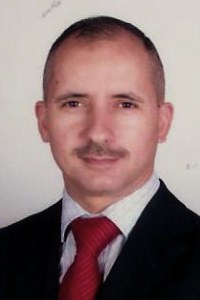
Bianchi, Giancarlo
AIAS - Associazione Italiana fra Addetti alla Sicurezza / via del Vecchio Politecnico, 7 / 20121 Milano, Italia 39 02 7600 2015 / presidenza@aias-sicurezza.it
INTRODUCTION
The present data analysis aims to explore the results from a questionnaire about the tasks, the hazards and the relations of Italian safety professionals. Thequestionnaire is formed by 193 questions, divided in 5 sections, namely:
- A. Organization
- B. Tasks
- C. Hazards
- D. Relations
- E. Personal information
The questionnaire was distributed by AIAS to 4200 members and we have 195 respondents (thus, the percentage of respondents is about 5%).
A small number (6) of cases was removed because of a relevant presence of missing values. In view of the moderate size of the Italian sample, we have not used any other rule for excluding ineligible cases. Some rule for deciding the coding in some questions was made up, accordingly with the rules used in other European studies.
A LOOK AT THE SAMPLE
The questions in Sections A and E give an outlook of the Italian sample. Here we present the main results, in order to summarize the composition of the sample in few tables.
Question A1. About the kind of organization.
|
A1 |
% |
|
1. Industry / Services |
62 |
|
2. External consultant |
34 |
|
3. Insurance company |
1 |
|
4. Other |
4 |
Recoding the answers in “Internal” or “External”, we have:
|
A1 |
% |
|
1. Internal |
66 |
|
2. External |
34 |
Question A2. About the main process of the company. Here we use the binary coding (“Industry” or “Services”).
|
A2 |
% |
|
1. Industry |
59 |
|
2. Services |
41 |
Question A4. About the number of people covered by the safety responsibility of the respondents.
|
A4 |
% |
|
0-50 |
13 |
|
51-100 |
7 |
|
101-250 |
23 |
|
251-500 |
16 |
|
501-1000 |
20 |
|
1001-5000 |
15 |
|
Over 5000 |
6 |
Using the mid-point criterion, the mean number of people covered by the responsibility of the safety advisor is 1320.
Question A5. About the presence of other safety advisors.
|
A5 |
% |
|
No others |
36 |
|
1 |
19 |
|
2-5 |
31 |
|
More than 5 |
14 |
Question A6. About whether the respondent’s work relates to more than one site or not.
|
A6 |
% |
|
Yes |
76 |
|
No |
24 |
Restricting the analysis to advisors which relate to more than one site, the mean number of sites is 32, with a maximum of 1000 sites.
Question A7. About whether these sites are in more than one country or not.
|
A7 |
% |
|
Yes |
4 |
|
No |
96 |
Although a small number of people works in an international context, the most frequent countries are United Kingdom and U.S.A. (3% each).
Questions A8-A9-A10. About the full/part time.
|
A8 |
% |
|
Full time |
69 |
|
Part time |
31 |
The mean number of hours worked on safety activities by part-time workers is 20 per week. Moreover, the other works they do are mainly related to environmental activities, quality management activities and engineering.
Question A11. About the presence of other specialists in the respondents’ organization.
|
A11 |
% |
|
Occupational physician |
57 |
|
Occupational hygienist |
13 |
|
Occupational health nurse |
13 |
|
Work and organization specialist |
10 |
|
Ergonomist |
4 |
|
Environmental specialist |
25 |
|
Fire specialist |
31 |
|
Health physicist/radiation expert |
12 |
|
Other |
11 |
Among other specialists, we have trainers (1%), acoustic experts (1%) and electrical experts (1%).
Question E1. About the number of years working as a safety professional.
|
E1 |
% |
|
0-5 |
19 |
|
6-10 |
44 |
|
11-20 |
22 |
Papers relacionados














